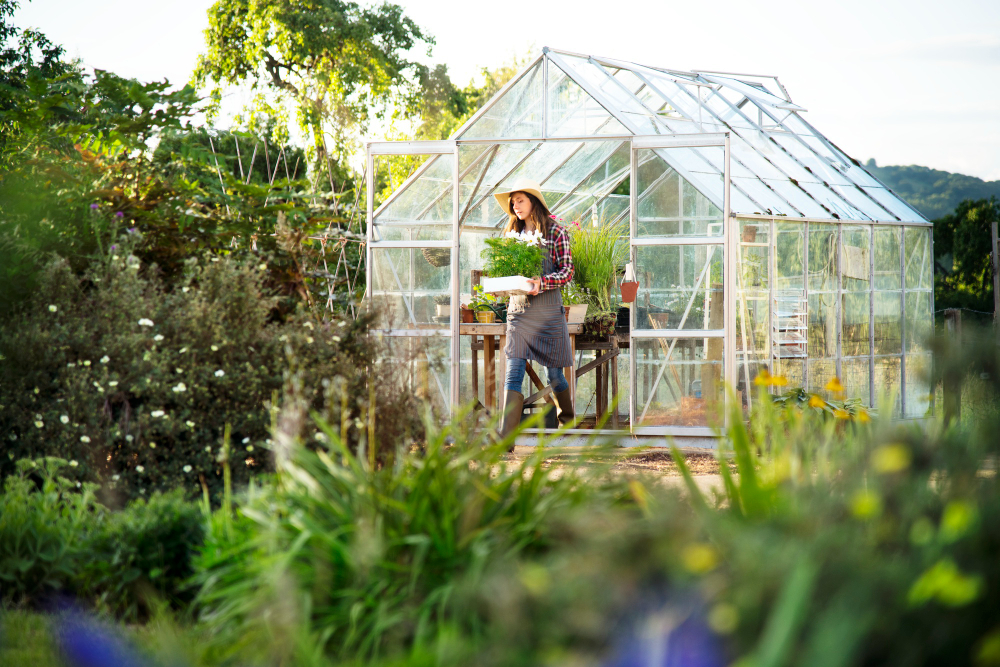A solar greenhouse is a structure designed to harness solar energy for growing plants.Unlike traditional greenhouses,which may rely on artificial heating and lighting,solar greenhouses use natural sunlight and thermal energy to maintain optimal growing conditions.Here are some key features:

Key Features of Solar Greenhouses
Orientation:Often positioned to maximize sun exposure,typically facing south in the Northern Hemisphere.
Materials:Constructed with materials that allow maximum sunlight penetration,such as glass or clear polycarbonate.
Thermal Mass:Incorporates materials that absorb and store heat during the day and release it at night,helping to regulate temperature.
Ventilation:Designed with openings to allow for natural airflow,preventing overheating and maintaining humidity levels.
Water Management:May include systems for capturing and reusing rainwater,as well as efficient irrigation strategies.
Benefits
Energy Efficiency:Reduces the need for external heating and lighting,lowering energy costs.
Extended Growing Season:Allows for year-round cultivation in colder climates.
Sustainability:Utilizes renewable energy sources and can minimize the environmental impact of agriculture.
Applications
Solar greenhouses are used for various purposes,including:
Home Gardening:For personal vegetable and flower cultivation.
Commercial Farming:For larger-scale agricultural production.
Research:In agricultural studies to explore sustainable practices.
Overall,solar greenhouses represent an innovative approach to sustainable agriculture,leveraging natural resources to enhance food production.




